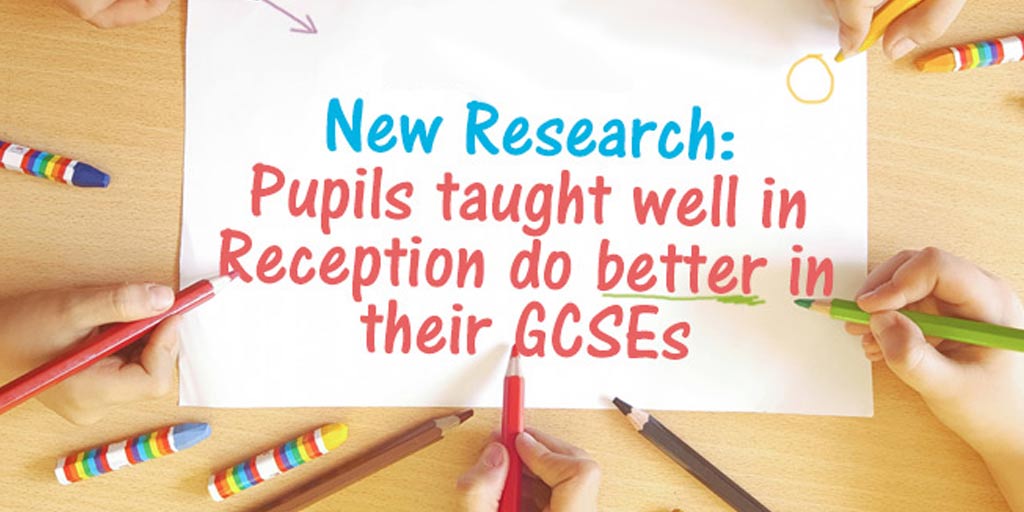Inattentive behaviour in the classroom
By Professor Christine Merrell

Login | Support | Contact us
Professor Christine Merrell : Oct 25, 2017 12:17:00 PM
3 min read

Children who are inattentive, hyperactive or impulsive are likely to benefit from an environment which is well structured and predictable. It is good for them to know what is going to come next.
Unexpected events, movements between lessons and anything where there are unexpected happenings can be difficult to cope with. It therefore makes sense to start the day by explaining what is going to happen.
If there is some imminent transition, explain to the child what is going to happen, even write out the different stages of what is going to happen. Advanced warning is the name of the game.
Here we look at 6 tactics that might be useful when a child is meant to be sitting down and working on a task; the kind of things that the teacher might do on an individual basis during normal classroom management.
This has the obvious advantage that the teacher can keep a regular check on what the child is actually doing and be able to react, encourage, reinforce, motivate and also redirect to the task on hand, explaining things a little further. It is also advantageous that if the child is at the front and the teacher makes sure the child is facing in a particular direction it can decrease the number of possible distractors. This last point could be a separate point in its own right. Making sure that distractions are kept to a minimum can help to keep a child on task.
Children with problems of impaired executive functions have difficulty holding things in their mind for any length of time. This means that a complex task is going to be particularly difficult for the child because his or her working memory cannot deal with a series of instructions without a break. If an activity is broken down into easily manageable stages so that a small amount of information can be presented at one time, the whole task can be managed more easily. Any instructions or requests should be concise and avoid excess detail. If the tasks are short and time-limited they can also be reinforced and linked to the time on the wall clock.
Visual reminders on the wall/board can be very helpful. For example, if there is an interactive whiteboard available then it can be enlisted to help or maybe individual worksheets provide a way forward. If there is something that has to be done repeatedly then a poster could set out the sub-tasks involved.
This one has to be treated with some care, and picking the right partner is certainly going to be important. Nevertheless by working in a pair the two children can motivate each other and provide feedback. They can discuss the problem and help to take it outside an individual’s personality. One individual child won’t have to rely on their working memory. The partner can help to take that over and it is also good if one makes notes. Again that externalises the problem and can generate a source that can be referred to later.
Peer tutoring, where one child teaches another child, and in particular cross-age tutoring where an older child teaches a younger child, is one of the most successful ways of helping children to learn. The greatest benefit is for the one who does the tutoring. This has been found to work in many situations and specifically for children of the type being discussed here. Being given the role of helping a younger child can help their motivation, and harness their thoughts.
This helps because the computer can provide information, can be a motivator and repeatedly give stimuli to bring the focus of attention back to the task in hand. It can provide stimulation when the teacher is not available and it is a successful way of maintaining a child’s concentration.
On the other hand, as with all things, it is important that the appropriate task is chosen and with computers this comes down to choosing good software. There is clearly some software that is inappropriate with particular age groups and it may also be inappropriate with individual children.
Every child is, of course, an individual and whilst these tactics have been shown to work in general, they have not been shown to work with your particular children. It is, therefore, most important that this advice is simply treated as an additional string to the bow of the busy teacher working in the busy classroom.
Adapted from ‘Working with Difficult Children in Primary Schools - A Guide for Teachers’ produced for CEM (now Cambridge Insight) by Professors Christine Merrell and Peter Tymms
Explore our collection of case studies, where practitioners share their experiences of using our assessments and data to improve teaching and learning.

By Professor Christine Merrell

"Effective early years is the game changer." – Lydia Cuddy Gibbs, Head of Early Years, Ark Why the Reception year is so unique On day one of...

By Professor Christine Merrell Cambridge Insight was formerly known as the Centre for Evaluation & Monitoring (CEM). Research from academics at CEM...